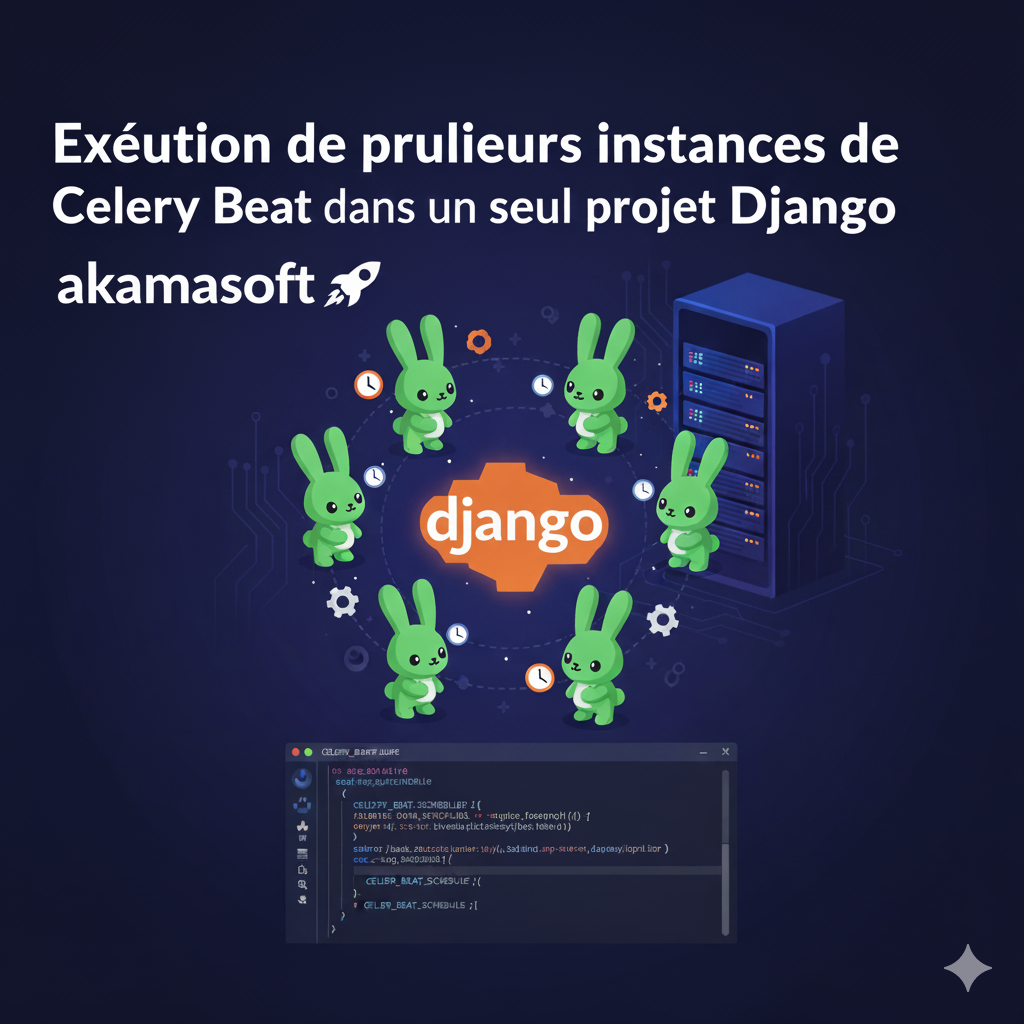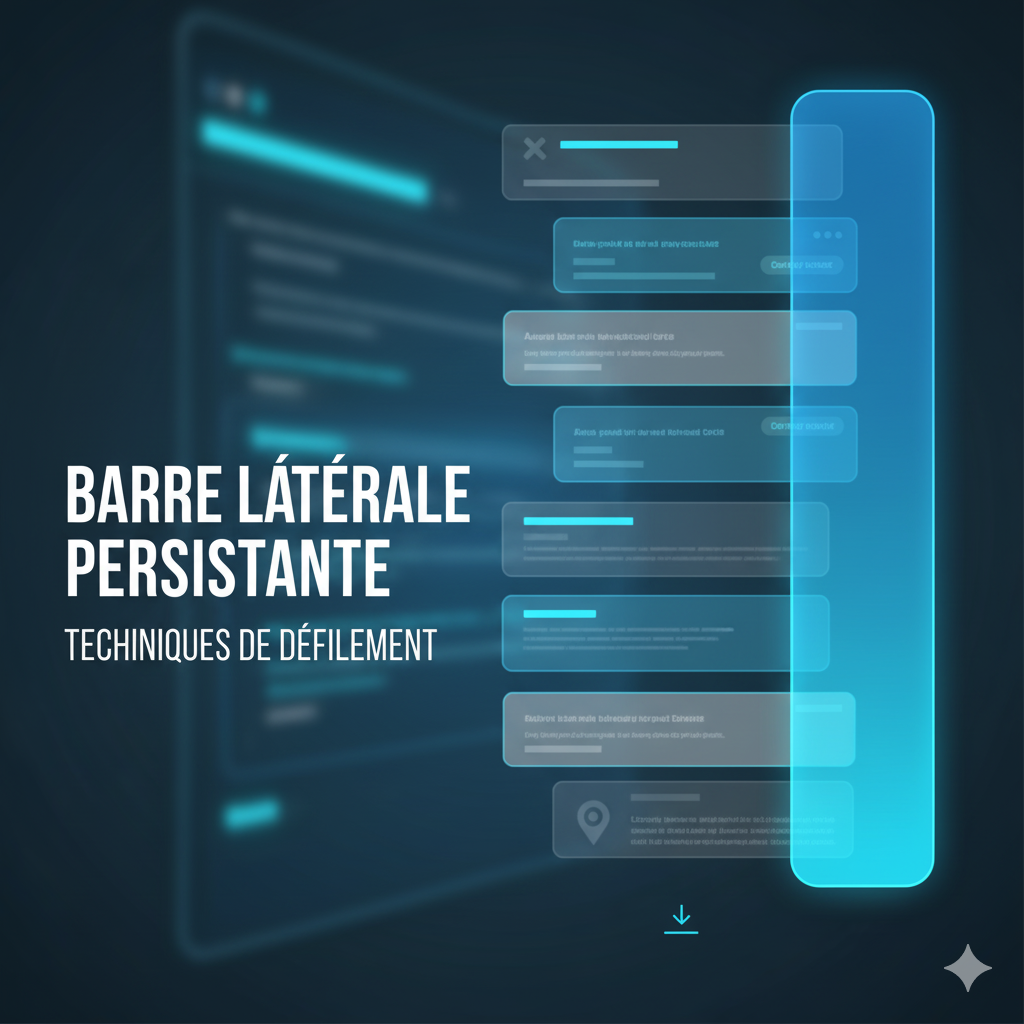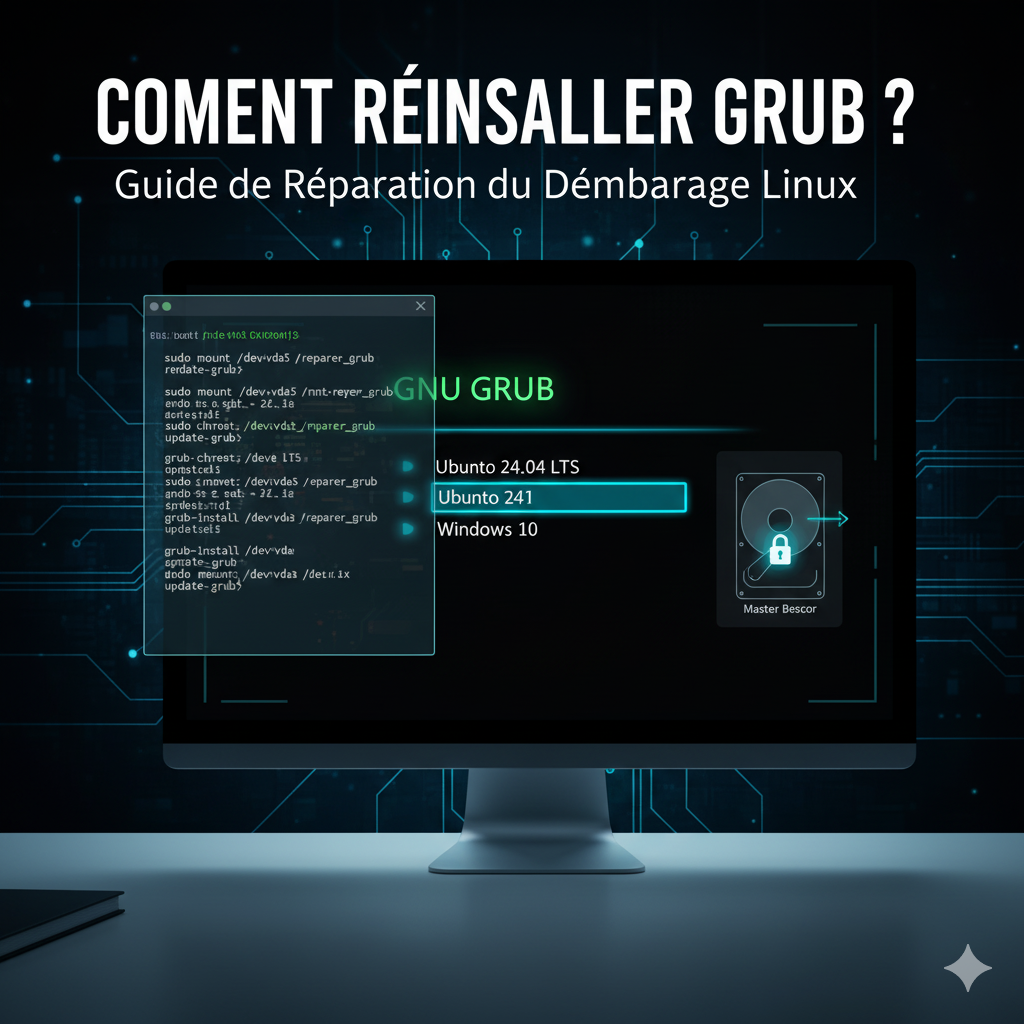'vertical' TextInput: id: my_textinput font_size: 150 size_hint_y: None height: 200 text: 'default' FloatLayout: Scatter: Label: text: my_textinput.text font_size: 150
Langage Python et Kivy
Le langage Python et kivy permet à tout développeur d'écrire beaucoup plus facilement du code lisible pour n'importe quelle application, et cela devient également moins complexe dans la définition des propriétés et des liaisons pour divers widgets.
Essayons de mélanger le langage python et kivy dans l'exemple suivant.
from kivy.app import App
from kivy.uix.scatter import Scatter
from kivy.uix.label import Label
from kivy.uix.floatlayout import FloatLayout
from kivy.uix.textinput import TextInput
from kivy.uix.boxlayout import BoxLayout
import random
class Text(BoxLayout):
def change_label_colour(self, *args):
colour = [random.random() for i in range(3)] + [1]
label = self.ids['my_label']
label.color = colour
class SimpleApp(App):
def build(self):
return Text()
if __name__ == "__main__":
SimpleApp().run()
#:import color random
<Text>:
orientation: 'vertical'
TextInput:
id: my_textinput
font_size: 150
size_hint_y: None
height: 200
text: 'default'
on_text: my_label.color = [color.random() for i in range(3)] + [1]
FloatLayout:
Scatter:
Label:
id: my_label
text: my_textinput.text
font_size: 150
Propriétés Kivy
Les propriétés sont un moyen plus simple de définir des événements et de les lier entre eux. Il existe différents types de propriétés pour décrire le type de données que vous souhaitez gérer.
- StringProperty
- Propriété numérique
- BoundedNumericProperty
- ObjectProperty
- DictProperty
- ListProperty
- OptionProperty
- AliasProperty
- Propriété booléenne
- ReferenceListProperty
Nous devons déclarer les propriétés au niveau de la classe. Voici un exemple simple pour montrer comment nous pouvons utiliser les propriétés dans une application.
from kivy.app import App
from kivy.uix.widget import Widget
from kivy.uix.button import Button
from kivy.uix.boxlayout import BoxLayout
from kivy.properties import ListProperty
class RootWidget(BoxLayout):
def __init__(self, **kwargs):
super(RootWidget, self).__init__(**kwargs)
self.add_widget(Button(text='btn 1'))
cb = CustomBtn()
cb.bind(pressed=self.btn_pressed)
self.add_widget(cb)
self.add_widget(Button(text='btn 2'))
def btn_pressed(self, instance, pos):
print('pos: printed from root widget: {pos}'.format(pos=pos))
class CustomBtn(Widget):
pressed = ListProperty([0, 0])
def on_touch_down(self, touch):
if self.collide_point(*touch.pos):
self.pressed = touch.pos
# we consumed the touch. return False here to propagate
# the touch further to the children.
return True
return super(CustomBtn, self).on_touch_down(touch)
def on_pressed(self, instance, pos):
print('pressed at {pos}'.format(pos=pos))
class TestApp(App):
def build(self):
return RootWidget()
if __name__ == '__main__':
TestApp().run()
Notre CustomBtn n'a pas de représentation visuelle et apparaît donc en noir. Vous pouvez toucher / cliquer sur la zone noire pour voir la sortie sur votre console.
Animations
Nous pouvons ajouter des animations dans une application kivy en utilisant l'animation ou animationTransition pour animer les propriétés du widget. Dans l'exemple, le rectangle se déplace vers un emplacement aléatoire à chaque clic sur le rectangle.
from kivy.base import runTouchApp
from kivy.lang import Builder
from kivy.uix.widget import Widget
from kivy.animation import Animation
from kivy.core.window import Window
from random import random
Builder.load_string('''
<Root>:
ARect:
pos: 500, 300
<ARect>:
canvas:
Color:
rgba: 0, 0, 1, 1
Rectangle:
pos: self.pos
size: self.size
''')
class Root(Widget):
pass
class ARect(Widget):
def circle_pos(self):
Animation.cancel_all(self)
random_x = random() * (Window.width - self.width)
random_y = random() * (Window.height - self.height)
anim = Animation(x=random_x, y=random_y,
duration=4,
t='out_elastic')
anim.start(self)
def on_touch_down(self, touch):
if self.collide_point(*touch.pos):
self.circle_pos()
runTouchApp(Root())




